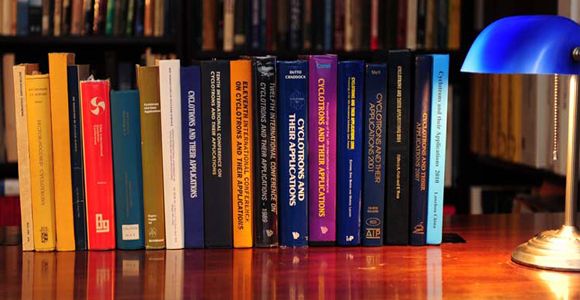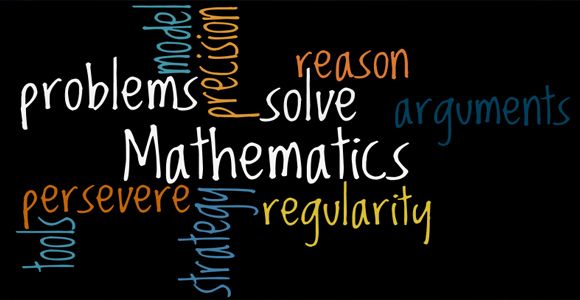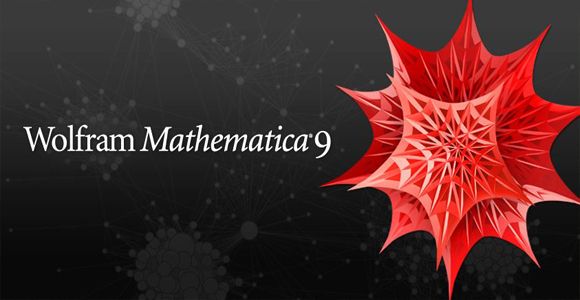In the second, revised edition of a well-established
textbook, the author strikes a balance between quantitative rigor and
intuitive understanding, using a lively, informal style. The first
chapter provides a detailed historical introduction to the subject,
while subsequent chapters offer a quantitative presentation of the
Standard Model. A simplified introduction to the Feynman rules, based
on a "toy" model, helps readers learn the calculational techniques
without the complications of spin. It is followed by accessible
treatments of quantum electrodynamics, the strong and weak interactions,
and gauge theories. New chapters address neutrino oscillations and
prospects for physics beyond the Standard Model. The book contains a
number of worked examples and many end-of-chapter problems. A complete
solution manual is available for instructors.
-download:

























